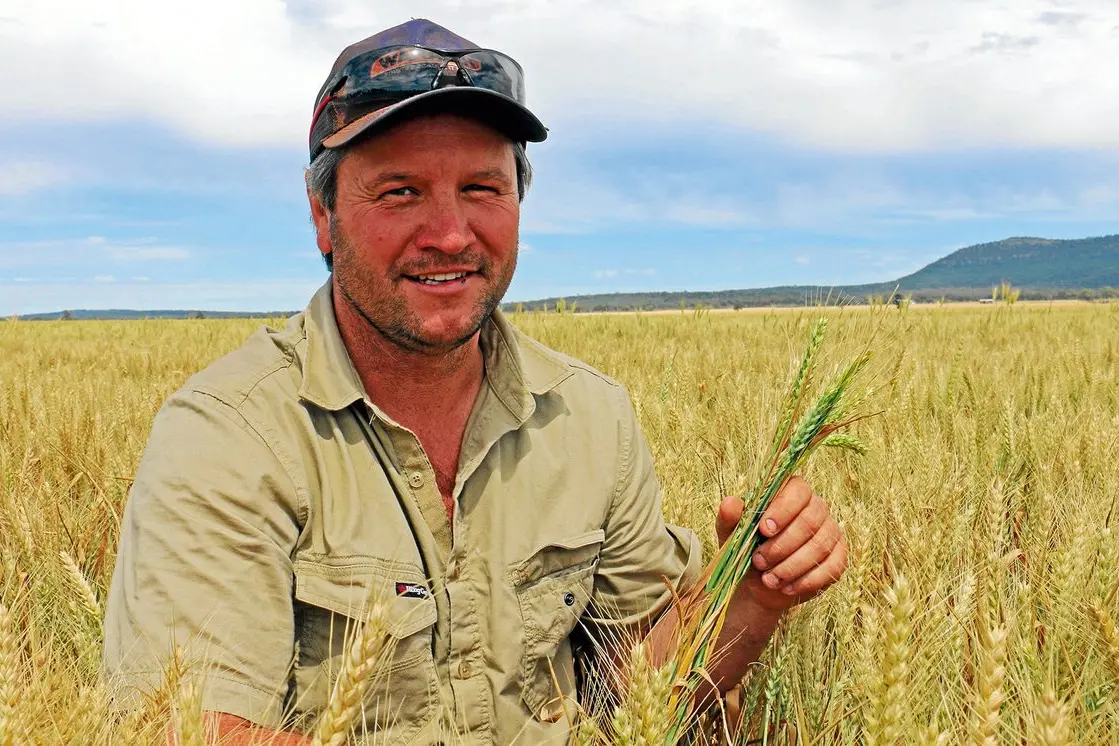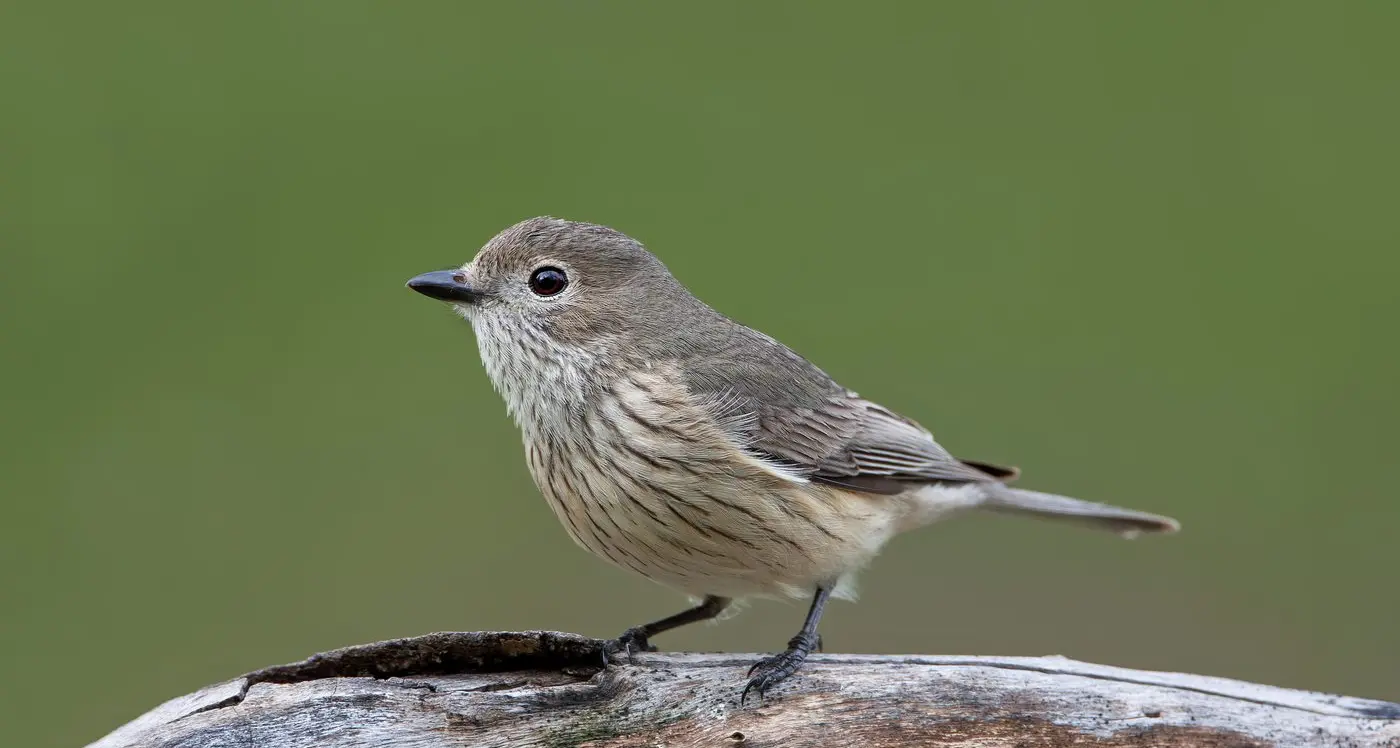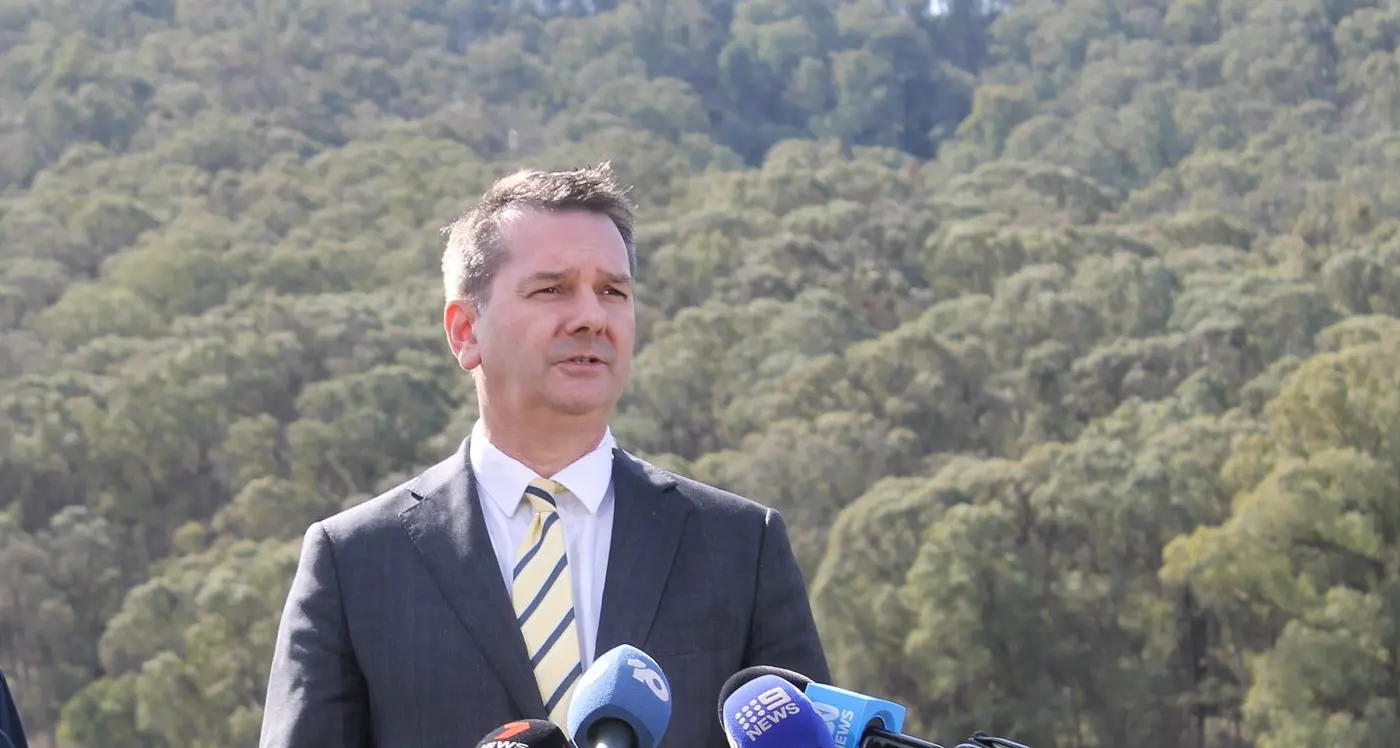PHOTO
Headers have been slicing through one of the biggest crops in decades with the flow-on effect of hundreds of jobs, and injecting millions of dollars into the regional business economy.
Growers are spending up big on headers, chaser bins, mother bins, fuel, tyres, fertiliser, chemicals and seed to get this thumping winter crop in the ground and off in a timely manner.
Canola, which proved problematic last year after frost and drought, is the golden child with prices of $563 (at Barellan), yields of 2.5 tonnes per hectare and high oilcontent, with the first district crops windrowed last week.
Average wheat yields for the region have been tipped at 3.5-4 tonnes per hectare and 4 t/ha in the barley.
But recent rain has growers fearing weather damage with 46.4mm recorded at the Narrandera airport since Saturday.
This brings the yearly total to 547.8mm compared to 203.6mm to the same time last year.
Growers are also struggling to attract staff as they compete against JobKeeper and border restrictions.
Elders Riverina agronomist Pat Connell said attracting harvest staff has always been a problem but more so this year with the restrictions.
“Farmers will be short staffed but they will make do with what they have,” he said.
Barellan farmer David Irvin said the district was experiencing the biggest season in 45 years.
“It’s going to be huge and is pretty significant for the economy,” Mr Irvin said.
“It will pump a huge amount of money into the area and create jobs.”
Key Agri Services owner/director Ben Shannon described the region’s crops as “magnificent”.
“If the weather gods could be kind to us, we are looking at one of those really special harvests – a one in 20 or 30 year harvest where hopefully we can combine really good yields with spectacular pricing,” Mr Shannon said.
“Canola has been trading at $600-$608 (port) with some big crops around and oil content looking good.
“Some early canola is starting to come off across the state and so far the oil content looks promising.
“There has been some barley stripped at Hillston, Lake Cargelligo and Euabalong West, and feed barley prices are going well considering what has played out this year with international buyers.
“As a general rule of thumb, it is close to $200/tonne ex-farm.
“The wheat market seems to be going from strength to strength in the last four to five weeks.
“We’ve trended as high as $320/tonne at Port Kembla. It’s well timed and hopefully everyone can have a good run at harvest.”
Mr Shannon said the crops handled the weekend rain but any future rain would be of concern.
“The farmers no longer have the opportunity to cash grain at the weighbridge anymore at certain sites and this puts the onus on them to follow up after their deliveries.
“We are happy to help out with advice.”
Moombooldool grower Jeff Savage has wheat, canola, barley, field peas and narrow leaf lupins ready to harvest.
“This year we had the best sowing rains for years – we had a dry pinch in August before we had a saving rain, other than that the season has been really good,” Mr Savage said.
He is hoping for a yield of 4.5 t/ha on his Beckom wheat and considers this year’s Sturt field peas to be the best he has grown in seven years.
He said the Mandelup narrow leaf lupins were looking good on the lighter country at Moombooldool.
“Last year we had wheat crops struggling on our heavier country to do 0.7t/ha and our best was around 1.8t/ha,” Mr Savage said.
“It will be massive for everyone, the machinery companies, every business in our smaller and regional towns, our chemical supplies, contract harvesting and windrowing and freight – it will benefit so many people.
“We have put on people to help with harvest and across every single farm that adds up to a lot of jobs – this year has been a battle for farmers to find staff with all the restrictions.
“We have a usual harvest crew of five and a few extras this year to give us a hand.
“I have forward sold around 10 per cent of wheat but the market is holding firm and I’m not in a great rush to locking too much in.”
Binya grower Bill Kite is seeing one of the best harvests in his lifetime of 69 years.
Mr Kite said the barley crops were “exceptional” and canola, wheat and lupin yields were looking good.
“There will be a lot of money going back into the community, especially machinery, chemical and fertiliser and fuel – I just hope they can get (the grain) in the bag,” he said.
“The barley is looking exceptional and there will be a lot of tonnes to handle.
“The lupins are a pretty handy crop at 2-2.5t/ha. There are a lot of good crops around, even north of Cobar there are good ones.”
Ag Grow Agronomy and Research agronomist Albert Gorman covers from Hillston to Griffith, Rankins Springs and Barellan.
“The western crops are starting to ripen and a few early field pea and vetch seed crops are being harvested.
Lentils won’t be too far away,” Mr Gorman said.
“Some early canola crops are yielding around 2t/ha.
The early sown barley around Barellan is a week away from harvest and is looking pretty solid at 4t/ha.
“There has been a few issues with stripe rust in wheat but it has been managed well without causing a yield constraint.”
Mr Gorman tipped wheat to average 3.5-4t/ha and barley at 4t/ha and described 2020 as a “bumper year”.
“Grain prices have rallied in the last few weeks which is helping but we are anxious about what the weather will do in the next month.
“After a run of bad years there will be an extra cash injection for the local economies.
“We have had a constant work load through the drought years but this year there was extra crop put in due to the early break.”
Binya farmer and canola grower David Curran welcomed the strengthening canola prices but has struggled to find staff.
“After the last three years, this harvest will create a lot more job opportunities locally – during harvest we will employ another four to five people,” he said.
“I’ve had ads out there for ages but not getting too many replies – all those people are happy to sit at home on JobKeeper.
“It doesn’t make sense to me when they can earn $3000 a week at harvest time with the right qualifications.”





